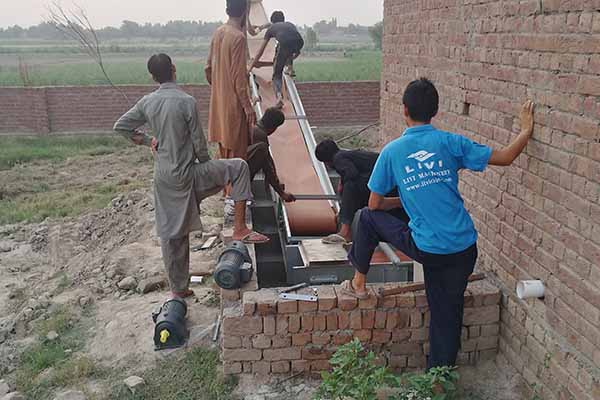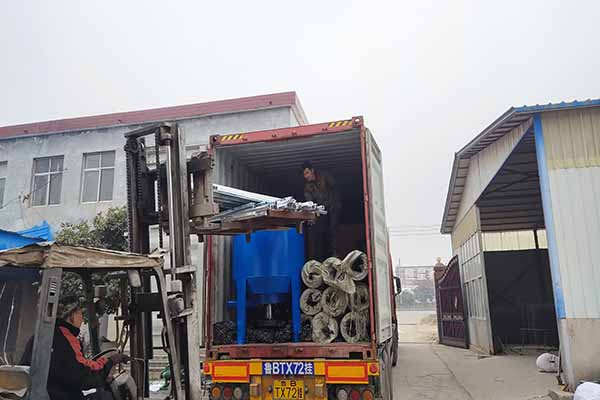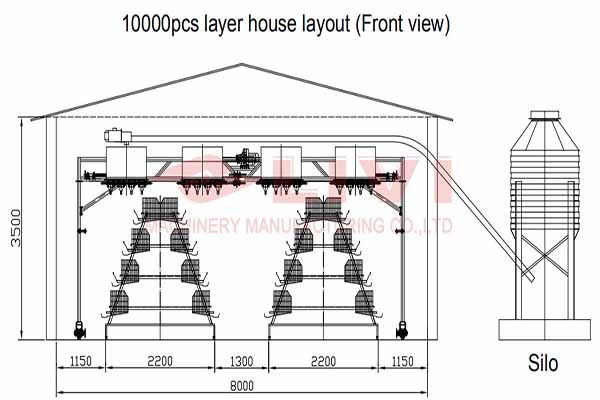Enhancing Chicken Farming Efficiency with Sensor-Based Chicken Cage Alerts
Introduction
In the dynamic world of poultry farming, maintaining optimal conditions for chickens is crucial for healthy growth and high yield. One innovative solution that has been gaining traction is the implementation of sensor-based chicken cage alerts. These systems use advanced technology to monitor and manage chicken farming environments efficiently.
According to a recent study, farms equipped with sensor-based systems have reported a 15% increase in productivity. This article delves into the benefits and implementation of these systems to help you make informed decisions for your chicken farming business.

How Sensor-Based Chicken Cage Alerts Work
Sensor-based systems are designed to monitor various parameters within chicken cages, such as temperature, humidity, ammonia levels, and activity. Here’s a brief overview of how these systems function:
- Temperature and Humidity Sensors: Ensure optimal living conditions for chickens by maintaining a stable temperature and humidity level.
- Ammonia Sensors: Monitor ammonia levels to prevent respiratory diseases and ensure the overall health of the flock.
- Activity Sensors: Detect unusual behavior or health issues in chickens, enabling timely interventions.
Da ta from these sensors is transmitted to a central system or smartphone app, providing real-time insights for farm managers.
ta from these sensors is transmitted to a central system or smartphone app, providing real-time insights for farm managers.
The Benefits of Sensor-Based Chicken Cage Alerts
Implementing sensor-based chicken cage alerts offers numerous benefits for poultry farming operations:
- Increased Productivity: By maintaining optimal conditions, chickens can grow faster, leading to higher yields.
- Reduced Health Risks: Early detection of health issues can help prevent the spread of diseases within the flock.
- Energy Efficiency: Sensors optimize the use of heating, ventilation, and lighting, resulting in lower energy consumption.
- Cost Savings: The combination o
 f increased productivity and reduced health risks can lead to significant cost savings over time.
f increased productivity and reduced health risks can lead to significant cost savings over time.
As an example, a farm with 10,000 chickens and a sensor-based system can expect to save up to $30,000 annually in energy costs and veterinary expenses.
Choosing the Right Sensor-Based System for Your Farm
When selecting a sensor-based system for your chicken farm, consider the following factors:
- Reliability: Choose a system with a proven track record and reliable sensors.
- Scalability: Ensure the system can accommodate the size and needs of your farm.
- Integration: Look for a system that can integrate with existing farm management software.
Conclusion
Sensor-based chicken cage alerts offer a cutting-edge solution for enhancing poultry farming operations. By monitoring and managing critical parameters, these systems can lead to increased productivity, reduced health risks, and cost savings.
Don’t miss out on the benefits of sensor-based technology for your chicken farming business. For more information or to get a free design and equipment quote from LIVI Mechanical, please leave a comment below or contact us directly.




